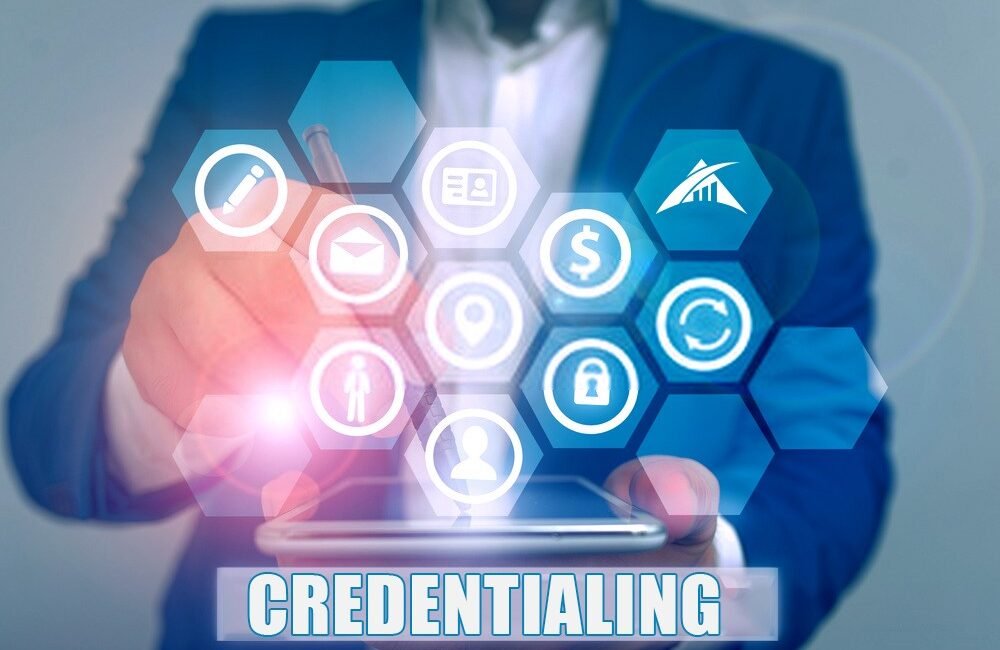
Accurate and timely medical documentation is the backbone of quality healthcare. Every patient encounter, diagnosis, and treatment plan needs to be recorded clearly for legal, clinical, and billing purposes. While Electronic Health Records (EHRs) have simplified storage, the actual process of turning spoken medical notes into structured documents remains a specialized task.
This is where medical transcription services come in — converting voice-recorded reports from healthcare providers into accurate, formatted, and secure written records.
What Are Medical Transcription Services?
Medical transcription services involve listening to recorded audio files dictated by physicians, surgeons, or other healthcare providers and accurately converting them into written reports. These can include:
-
Patient history and physical exam reports
-
Operative reports
-
Discharge summaries
-
Consultation notes
-
Diagnostic imaging reports
The final transcribed documents become part of the patient’s permanent medical record.
Why Medical Transcription Services Are Essential
-
Accuracy in Patient Records – Even small mistakes in documentation can impact care decisions.
-
Time Efficiency for Providers – Doctors can focus on patients instead of typing notes.
-
Legal Compliance – Proper transcription ensures adherence to medical and legal standards.
-
Support for Medical Billing – Clear, detailed records make coding and billing more accurate.
-
Better Communication – Well-documented records improve coordination between healthcare teams.
Core Components of Professional Medical Transcription Services
1. Dictation Capture
Providers record notes via phone, mobile app, or digital recorder.
2. Transcription Process
Trained medical transcriptionists listen to the recordings and type them out, using medical terminology accurately.
3. Editing and Proofreading
Reports are checked for grammar, clarity, and consistency.
4. Formatting
Documents are formatted according to the healthcare facility’s requirements.
5. Secure Delivery
Completed reports are transmitted securely, complying with HIPAA regulations.
Benefits of Outsourcing Medical Transcription Services
-
Higher Accuracy Rates – Professional transcriptionists have specialized medical knowledge.
-
Faster Turnaround – Many services offer 24-hour or even same-day delivery.
-
Cost Savings – No need to hire and train in-house staff.
-
Scalable Capacity – Handle increased workload during peak seasons.
-
Global Access to Talent – Skilled transcriptionists available across different time zones.
Technology in Modern Medical Transcription
-
Speech Recognition Software – Speeds up transcription but still requires human editing for accuracy.
-
Cloud-Based Platforms – Secure, remote access for uploading and retrieving files.
-
EHR Integration – Seamlessly uploads transcribed documents into patient records.
-
AI-Powered Quality Checks – Helps catch inconsistencies or missing data.
Challenges in Medical Transcription and How Services Solve Them
-
Heavy Accents or Fast Speech – Trained transcriptionists specialize in understanding diverse speech patterns.
-
Complex Medical Terminology – Industry experts are familiar with specialty-specific terms.
-
Background Noise in Recordings – Audio enhancement tools improve clarity.
-
Strict Compliance Requirements – Services follow HIPAA and other privacy laws to protect patient data.
Industries and Specialties That Rely on Medical Transcription
-
Hospitals and Clinics
-
Private Practice Physicians
-
Surgical Centers
-
Radiology and Pathology Labs
-
Behavioral Health Professionals
How to Choose the Right Medical Transcription Service
When selecting a partner, consider:
-
Accuracy Rates – Look for at least 98% or higher.
-
Turnaround Time – Depending on urgency, choose providers offering flexible timelines.
-
Specialty Expertise – Ensure they understand your field’s unique terminology.
-
Data Security Protocols – Must comply with HIPAA and encryption standards.
-
Pricing Transparency – Check per-line or per-minute pricing structures.
The ROI of Using Medical Transcription Services
A good transcription service can:
-
Improve documentation quality.
-
Reduce physician burnout.
-
Speed up the billing process.
-
Strengthen legal protection with accurate records.
-
Increase operational efficiency by removing administrative burdens.
Conclusion
In healthcare, accurate documentation is not just a formality — it’s a necessity. Medical transcription services ensure that every word spoken by a provider is captured, structured, and stored securely for future reference.
Whether you’re a solo practitioner or part of a large hospital network, outsourcing transcription can save time, reduce costs, and improve patient care outcomes. In an era where precision and compliance are non-negotiable, professional transcription services are an investment in both quality and efficiency.

